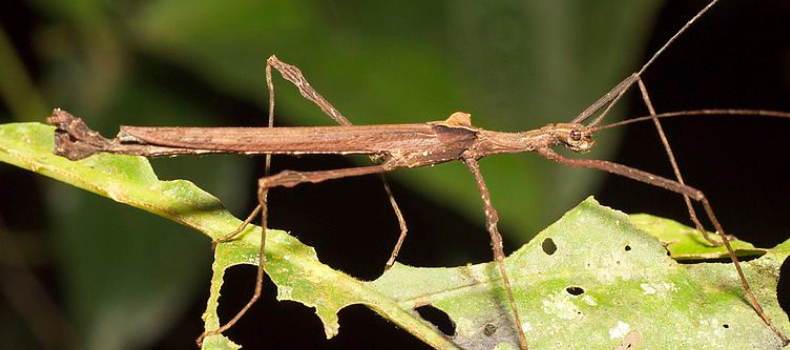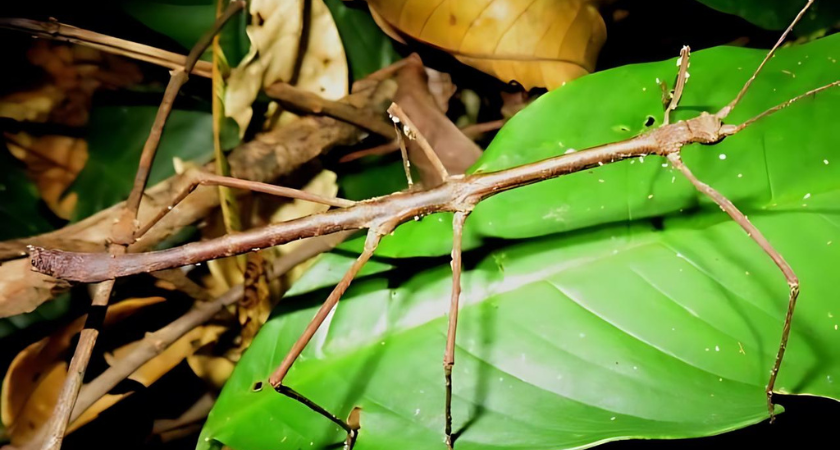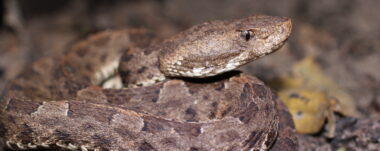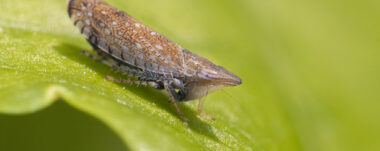Stick Insects: Masters Of Camouflage In Costa Rica’s Rainforests

Explore the life of stick insects, masters of camouflage, and their fascinating evolutionary adaptation in the jungles of Costa Rica.
Stick insects, also known as phasmids or Devil’s Mule in Costa Rica, are a wonder of nature. These arthropods belong to the order Phasmatodea and stand out for their extraordinary camouflage capacity.
Physical Characteristics
Males And Females
Stick insects show marked sexual dimorphism. Males measure between 10 and 12 centimeters, have a slender, soft and smooth body. Their coloration is dark brown with some greenish parts, yellow and black markings, and lighter brown rings on the legs. Females, on the other hand, can reach up to 20 centimeters in length and are thicker, although they maintain their slender appearance. Their coloration is uniformly brown. Both sexes have long antennae and an almost spherical head, with two granules between the eyes.
Camouflage Adaptations

Camouflage is the most outstanding characteristic of phasmids. They use shapes, colors and behaviors that make them look like branches, leaves or bark. During the day, they remain motionless among the vegetation, going unnoticed. This ability to mimic allows them to avoid predators and increase their chances of survival.
Stick insects are mainly nocturnal. During the day, they barely move, and if they sense a draft, they sway from side to side, mimicking the movement of a branch. This behavior perfects their camouflage and makes them almost invisible in their natural environment.
Evolution And Distribution
Phasmids have their evolutionary origin in the Cretaceous period. Selective pressure exerted by predators led them to increasingly resemble the usual elements of their environment, such as branches and leaves. This process of adaptation has occurred over millions of years, resulting in a multitude of different forms within the group.
Currently, 3052 species of phasmids are known. They mainly inhabit tropical and subtropical forests in the Americas, Africa, Asia and Australia. Outside these regions, they are rarer, although some species are found in temperate forests.
Reproduction
Stick insects exhibit a variety of reproductive methods, including parthenogenesis. It is estimated that up to 10% of phasmid species are telic parthenogenetic, where one egg is fertilized by another egg, giving rise to females. In some species, such as Bacillus, males are in the minority and mainly provide genetic diversity. In others, such as Pijnackeria hispanica, all individuals are female, and the only form of reproduction is parthenogenesis.
Stick insects are true masters of camouflage, with adaptations that allow them to survive in their natural environment. Their ability to mimic vegetation and their diversity in reproduction methods make them a fascinating group within the animal kingdom. Exploring the lives of these insects offers a deep insight into the evolution and wonders of nature in the jungles of Costa Rica and beyond.
Sensorial Sunsets
Navigate articles





